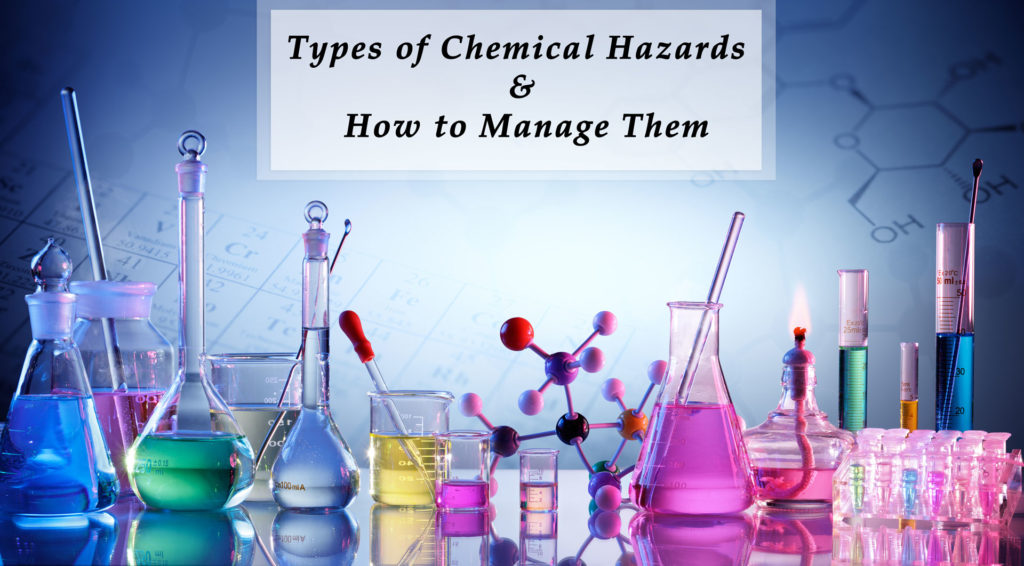The fundamental result of a biogas plant is really methane, which is the principal part of a biogas blend. It is a drab, bland and unscented gas, so it has properties that makes its identification risky. At high indoor fixations when barometrical O2 is uprooted, it goes about as a suffocative gas. Despite the fact that, this is incredibly interesting because of the way that it is lighter than the air.
In a total burning response methane creates just water fume and carbon dioxide, as per the accompanying condition
CH4 +2 O2 → CO2 +2 H2O
Methane combustibility limits shift between 5 to 15%. So when the gas content is under 5% it can’t be scorched, as though the substance surpasses 15%.
Furthermore, methane start requires temperature above 600°C (which is called start temperature). During ignition, the hypothetical fumes burning temperature (fumes gas temperature without any misfortunes) is 1950°C.
As methane is lighter than air it aggregates under rooftops with the gamble of making a hazardous blend. In this way the methane can dislodge the entire or part of the air in a restricted space. The dangers presented this peculiarity might fluctuate significantly. A 10% substitution of the air in a methane gas blend doesn’t make asphyxiative issues however it represents a huge gamble of blast (since the air-methane combination is inside its combustibility limits). Then again, supplanting 90% of the demeanor of methane gas blend it causes what is happening yet without the chance of blast or start.
On this premise, bare warmers shouldn’t exist in a digester and the necessary electrical hardware ought to be “dangerous” type. Likewise, any wellsprings of start, for example, iron or steel devices, electrical hardware, electrical switches, and so on, ought to be kept away from adjacent the digesters.
Different gases
Carbon dioxide and hydrogen sulfide are heavier than air and will quite often settle and gather in low level. Alkali (as methane) is lighter than air and focuses under rooftops. Alkali is both aggravating and destructive. Hydrogen sulfide is noxious (poisonous) and has the trademark scent of spoiled egg.
The grouping of hydrogen sulfide in the biogas is variable, contingent upon the substrate utilized and won’t be quickly anticipated. Openings to sulfide fixations above 1.000 ppm is lethal. Focuses somewhere in the range of 10 and 20 ppm cause eye and lung disturbance. At fixations near 150 ppm it very well may be distinguished the feeling of smell.
Carbon monoxide (CO) can be available in the exhaust arrangement of a deficient biogas ignition process. Carbon monoxide is shaped because of the absence of the necessary stoichiometric oxygen sum during the burning. CO is boring, drab, scentless, with a thickness somewhat not as much as air. It is profoundly combustible and poisonous. Carbon monoxide harming side effects start with cerebral pain, tachycardia, discombobulation, sickness, and can prompt obviousness and demise.
Bioenergynet.com is a bioenergy-orientated site solely centered around advancing bioenergy innovations around the world.
Its primary goal is to improve present day and manageable enterpreneurship towards biomass and biofuels to disperse the numerous advantages of bioenergy to business and public.



